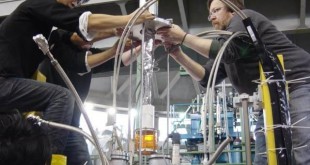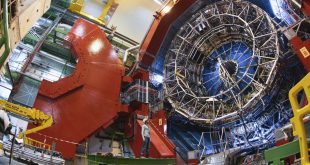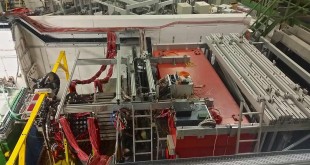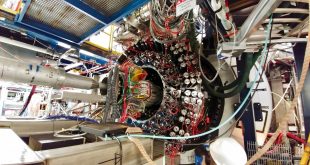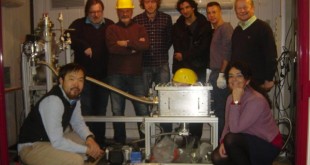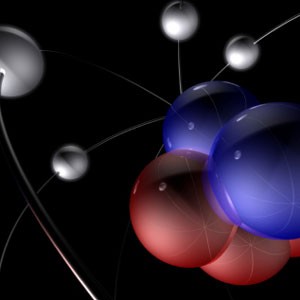
The research carried out in the framework of Nuclear Physics is aimed to understand the structure and the dynamics of the matter composing atomic nuclei.
In this field, experimental techniques are developed to investigate nuclei in extreme conditions.
The experiments conducted with particle accelerators allow to study the mechanisms underlying the working of stars in every phases of their evolution and to recreate in laboratory the extreme conditions of density and temperature of a quark and gluon plasma, a state of matter that we presume have characterized the Universe in the first tenth millions of a second after the Big Bang.
The study of collisions between an electron and a nucleus provides a tridimensional picture of the inner part of a nucleus. Moreover the study of nuclear force in presence of “strange” quarks enhances the comprehension of the behavior of neutron stars.
KAONNIS: the SIDDHARTA-2 experiment (LNF)
KAOn Nuclear/Nuclei Interaction Studies KAONNIS (KAOn Nuclear/Nuclei Interaction Studies) is an integrated initiative dedicated to the experimental studies of the low-energy kaon-nucleon and kaon-nuclei interactions.
ALICE (CERN)
Just a few millionths of a second after the Big Bang, the entire Universe was filled with a plasma composed of quarks and gluons, fundamental entities of matter and nuclear force.
BGOOD (Bonn PI, ELSA)
Photoproduction of mesons as a probe of the excitation structure of the nucleon has been exploited since the 1960s. The use of GeV-range energy polarised tagged photon beams at high duty cycle electron accelerators in combination with large acceptance detectors, like CLAS and GLUEX at Jefferson Laboratory, A2 at MAMI, Crystal Barrel at ELSA, GrAAL at ESRF, and LEPS at SPring8, has in recent years put the technique on par with pion scattering to unravel the complex nucleon excitation patterns, allowing for a better understanding …
CLAS12 (JLab)
Atomic nuclei are made up by protons and neutrons (or nucleons) that together constitute more than 99% of the visible matter in the universe. They are made by elementary constituents, quarks and gluons, whose interactions are described by the Quantum Chromo Dynamics (QCD).
VIP2 (LNGS)
VIP (VIolation of the Pauli exclusion principle) in an international collaboration among 10 Institutions from 5 countries which performs an experimental tests of the Pauli Exclusion Principle (PEP) for electrons and investigates the implications of a possible tiny violation in physics and cosmology.
 INFN-LNF Laboratori Nazionali di Frascati
INFN-LNF Laboratori Nazionali di Frascati
